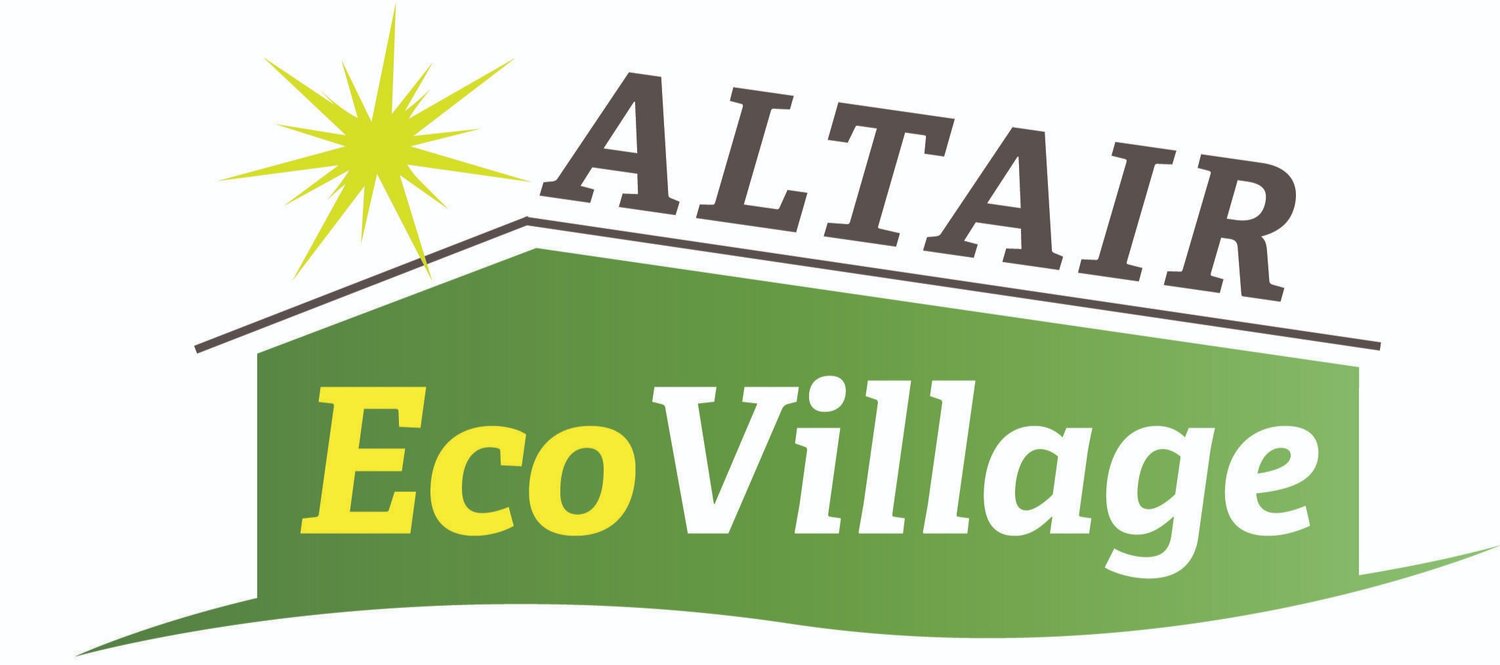The Ecological Aspect of Cohousing
/Hi everyone!
This week we are focusing on another one of the four pillars of sustainability within EcoVillages: the ecological aspect.
Members of an EcoVillage using the cohousing model pay attention to both their individual and their joint ecological footprints. There are a variety of initiatives they take on to reduce their environmental impact. One big step is sharing resources. This can include sharing the amenities in the Common House, sharing cars, and “sharing space” via clustered homes, etc. Another way EcoVillages strive for green living is by designing the buildings to consume less energy and to generate renewable energy on-site. Altair will be following the Passive House model for their buildings to optimize solar power and reduce energy consumption for heating and cooling. The Township’s Low Impact Development Ordinance states that the buildings will obtain a minimum of 50% of their energy from renewable sources, but it will actually be much more than that.
The community garden at Island Cohousing in Vineyard Haven, MA. Read all about their garden here.
There are countless other ways to promote a lifestyle that is less impactful on the environment. Many EcoVillages have a community garden where members can spend time together growing some of their food for the community in a sustainable way. Daily practices of composting and recycling to reduce waste and reuse as many resources as possible are encouraged.
Pictured here is a solar array on the roof of one of the Common Houses at Ithaca Ecovillage.
Living more lightly is a large part of life in an EcoVillage. Consuming less and reducing the overall ecological footprint are important values. Watch this great video featuring Altair’s chosen housing model—Passive House!



